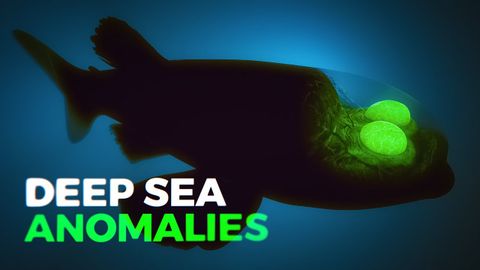為什麼動物越深越可怕? (Why Animals Get Creepier the Deeper You Go)
Collared owlet 發佈於 2024 年 09 月 10 日  沒有此條件下的單字
沒有此條件下的單字US /ɛnˈtaɪr/
・
UK /ɪn'taɪə(r)/
- adj.全體的 ; 完全的;未分割的;全緣的 (植物學)
US /ɪnˈkrɛdəbəl/
・
UK /ɪnˈkredəbl/
- adj.難以置信;偉大的;令人難以置信的;難以置信的
- adj.巨大的;大而重的;大量的;厚重的;大規模的
US /ˈkɑnˌtɛnt/
・
UK /'kɒntent/
- adj.滿足的;滿意的
- n. (c./u.)內容;主題;內容;滿意;內容 (數位);含量
- v.t.使…滿足
- v.i.同意
